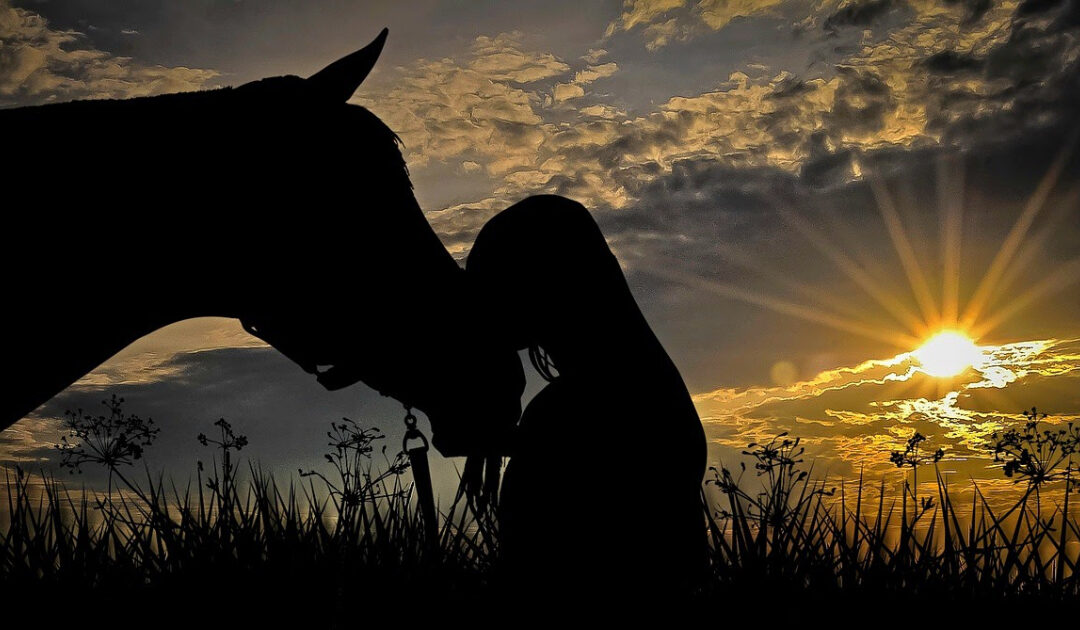
by Bettina Shultz-Jobe, LPC, NBCC | Jun 7, 2021 | Applied Principles, Personal Growth
By Bettina Shultz-Jobe and Kathleen Choe
“Love, where it ever existed before, doesn’t cease to exist. To speak of love in the past tense is not to know love at all. Love goes on, being always a continuation and an extension of love. Your grief is but the continuation of the love you once experienced, and will always experience. Grief is another name for Love.” (Jennifer Williamson)
Western culture has always had a very uneasy relationship with grief. Where other cultures and ethnic groups have integrated the inevitability of loss into the fabric of their society, providing structure and support for a grieving process, in the West we are given but weeks to attend to the emotions and details of the loss, such as planning and attending the funeral if a death was involved, and then encouraged to “move on,” whatever that entails, depending on what it is that you have actually lost (a relationship, home, job, person, or pet, for example). When losing a loved one, this may look like planning and attending a funeral with the minimal bereavement time allotted by your employer. When losing a home or job, this may look like encouraging words from well meaning family and friends that typically end with, “it’s time to move on.”
The COVID 19 pandemic afforded us many opportunities to experience grief. These included routines and activities we were accustomed to, like our gym workout, dining out, popcorn and a good laugh or cry at the movie theater, hugging friends and family, and attending live events like church, school, work, concerts and other outings that we used to take for granted. Amidst toilet paper, mask and laundry soap shortages, other things were also in short supply: concise, trustworthy information and reliable leadership. We became fearful of the future, and even each other. Breathing the air and touching each other became potentially dangerous. Many of us lost loved ones. Some of us lost livelihoods, a sustainable income, our health or our home. We all lost a sense of safety and security.
We are now emerging from a time of uncertainty and upheaval in different ways depending upon our particular experience of the pandemic, and need to develop fresh pathways to engage in the necessary grief process of adjusting to “a new normal.”
According to Stephen Jenkinson, Creator and Principle Instructor of the Orphan Wisdom School, (and keynote speaker at our conference this year!!) grief is “a way of loving that which has slipped from view, and love is a way of grieving that which has not yet done so.” He believes that grief is not a feeling, but a state of being that holds true throughout our lifetime, and that we must become “practitioners of grief” in order to truly participate in the experience of deeply loving another.
Grief acknowledges the impermanence of love, a recognition of its temporariness: the baby we are rocking and holding today becomes the adolescent who rebuffs a hug, a beloved canine companion on our daily walks becomes crippled with arthritis and lies on his bed watching us lace up our shoes to go without him, a long awaited trip ends in a series of photographs that barely do it justice, a loved one’s spirit nestles in our heart rather than on the couch as a physical body next to us at the end of the day.
Grief does not necessarily need to be a traumatic experience, but becomes so when experienced in isolation, without understanding and support in the context of connected relationships.
Grief becomes embodied as trauma when we walk its path alone.
Jenkins asserts that if your love includes another being, grief is part of love. They are twins that reveal each other, two sides of the same precious coin. One does not and cannot exist without the other. Just as we need other beings to experience love, we also need other beings to help us navigate grief. He concludes: “You don’t get invited to many parties if you become a practitioner of grief, but your understanding of love is renovated for all time.”
In the upcoming virtual Natural Lifemanship Conference, A Natural Life: Love and Grief are Connected, a community of helpers and healers from all over the world will provide us with many rich opportunities to become better practitioners of the inevitable intertwined experiences of love and grief that accompany us on our life’s journey.
Those who participate in this conference will embark on a journey that we have carefully and artfully designed. Each presentation will prepare you for the next as the conference culminates in a very special community Rite of Passage to honor change with ceremonialist Katie Asmus. It is our intention to create a sacred space for you to navigate the challenging road of grief while experiencing the vast love that is, indeed, grief’s twin.
Our upcoming conference was purposefully designed to give you the education and the experience needed as you travel the path upon which you hope to accompany your clients.
Grief, love, and life is a journey to be walked in the company of others.
Please join us.
Register Now
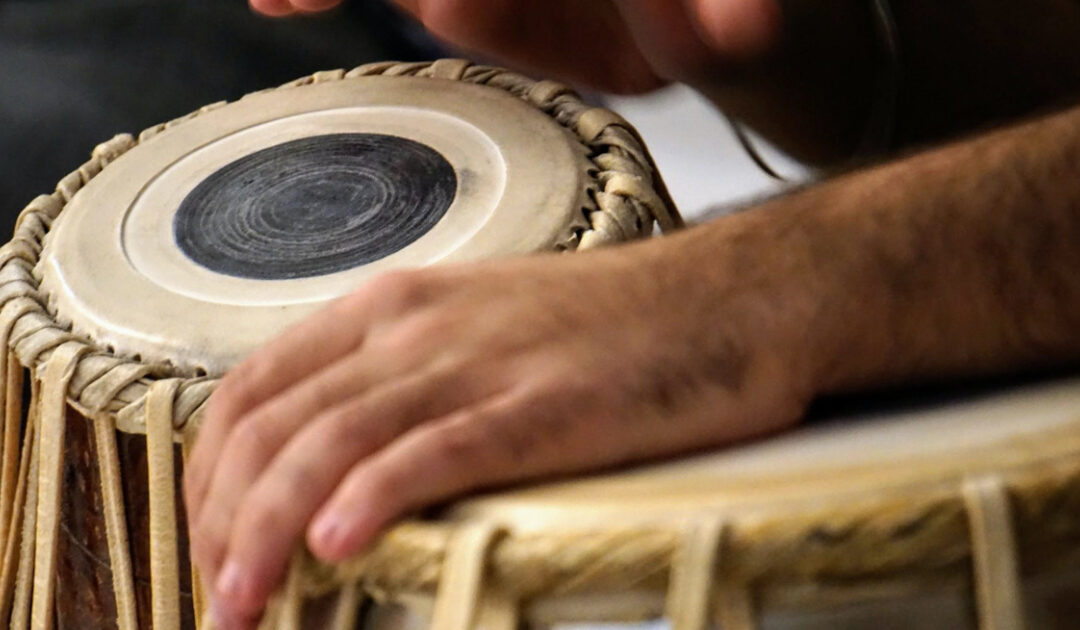
by Bettina Shultz-Jobe, LPC, NBCC | Oct 12, 2020 | Applied Principles, Natural Lifemanship Events, Personal Growth
By Bettina Shultz-Jobe and Kate Naylor
We know that Interconnected 2020 will take place online.
We also know that too many hours spent online without a break could cause serious mental fatigue.
So, we put together this playlist of videos and resources to give your mind and body the rhythm and connection needed to regulate and learn. They are intended to be watched as “Brain Breaks” during the conference—to ensure the conference experience is rejuvenating and FUN.
Still need a ticket to the conference? Get it now!
Get Tickets
This playlist was carefully chosen to deepen your experience at Interconnected 2020.
All of these things bring us rhythm––visual and auditory rhythm, specifically––which helps to regulate, organize, and integrate the entire brain. These videos are intended to regulate the most lower regions of the brain so that our brain and body can connect with self and others and are capable of concrete and abstract learning and thought. With so many options you can “choose your flavor” – we hope you enjoy!
The Aviators by Helen Jane Long
Deep Breathing Shapes Animation
Rapping Dr. Seuss
Drumming flash mob
Bob Ross painting
Relaxing music and underwater scenes
Virtual Nature Walk
Newsies live on the New York Streets
Wheel Dance
Tongue Drum Binaural Beats
Idina Menzel “Defying Gravity”
“True Colors” by Camden Voices choir
Evolution of Dance video
Lord of the Dance, Michael Flatly
Anna Kendrick “Cups”
Family Lockdown Boogie
Funky American Woodcock
Virtual Train Ride
Rotterdam Philharmonic Orchestra, distance symphony
Acapella “I wanna dance with somebody”
OK GO “This Too Shall Pass” music video
Frozen II “Show Yourself”
Redwood National Forest Virtual Hike
Buddhist Monk, The Beatles “Yellow Submarine”
Jimmy Fallon, found sound, “Don’t Stand So Close to Me”
Hania Rani on the shores of Iceland
Anderson Paak “Don’t Slack” music video
“The Rhythm of the Horse” by Thomas Newman
Frozen II “The Next Right Thing”
Proposal flash mob
Crackling fireplace
Natural scenery and sounds
OK GO “I won’t let you down”
Kaleidoscope
Rain Drums
We hope that this playlist sets the stage for your inner healing and the deep connections you will build at Interconnected 2020.
Still need a ticket to the conference? Get it now!
Get Tickets

by Kate Naylor | Sep 22, 2020 | Applied Principles
Dear NL Community,
Is it just me, or is this whole pandemic lasting FOREVER??? Did anyone ever dream we would still be in the thick of it…..STILL? I sure didn’t. Clearly that was wishful thinking.
The other day, some of the NL staff was once again checking in on each other (via zoom) – How is everyone feeling these days? How is everyone managing? What are you thinking about/worrying about/afraid of? Many of us acknowledged we were having a pretty tough time.
The added stress of school uncertainty this fall has only deepened the anxiety we are all feeling. Some days are good, many are not so good, but the challenges we are facing this year just seem to continue with a consistency that makes our usual coping methods feel less effective than usual.
What is a Crisis?
The topic of crisis came up as we explored not only our own feelings but also the possible feelings and experiences of our valued NL community and beyond. Bettina remembered a story shared with her from one of our trainers – of Hurricane Harvey that devastated Houston and surrounding areas. The hurricane was predicted, albeit imperfectly, but at least a warning came. The storm arrived and was intense, but eventually, it passed, as everyone knew it would.
Even though the waters rose and wreaked astonishing destruction, we all knew the rains would come to end – a storm cannot last forever. Many people’s homes, including the one belonging to our NL trainer, were flooded or completely destroyed. But not all homes were flooded. Not everyone was devastated.
And so, the Houston community rallied, neighbors showed up, and rebuilding began. While the process was overwhelming, there was an end in sight. There were enough people who weathered the storm well enough to have energy and resources to give to others.. Homes could be rebuilt, neighbors helped neighbors….hope bubbled up.
This was a crisis. A devastating event with a beginning, a middle, and an end. There is some predictability, even in a hurricane. It will come and it will go – some will need enormous help to recover, and some will be spared so that they may be the help that arrives.
This pandemic, though, does not feel like a crisis. This pandemic feels like chaos.
Its arrival was not predicted, we were given no warning, no time to prepare. We were in shock and denial. The understanding of what is going on, how it is unfolding, and how we should respond has also been chaotic, disorienting, and upsetting.
And now we are heading into the 7th month, with the pandemic still permeating our country. We are suffering unimaginable losses. We are uncertain about pretty much everything – who we should listen to, who we should be around, how we should move forward. The end of this pandemic is coming, of course – but how it will unfold is entirely murky. When? How? Leaving what destruction in its wake?
Dear NL community, we are in chaos – the beginning, middle, and end of this pandemic are distorted and prolonged and therefore mostly out of our tangible grasp.
It is NO wonder that we are panicked, argumentative, afraid, sleepless, short-tempered, overwhelmed, shutting down, and completely exhausted. The helpers and healers in this country are doubly-burdened – not only do we manage our own lives during a pandemic, but we also consistently help others manage their lives during a pandemic.
All of us are being activated into emotional states we didn’t expect, or didn’t want – and many of us are feeling stuck there. And to stay stuck in difficult emotions and reactions causes fatigue….major emotional fatigue. Nothing about this period in our history is normal, and unlike previous national events that have challenged us, this one just keeps ongoing.
We are all tired. We are all stressed. We are all scared.
Why do I write to you to remind you of all the muck we are in? Because I also want to remind you that you are not alone. We are ALL struggling, AND I still see helping hands everywhere. I keep seeing people bravely asking for help, and each time watching dozens of responses of “I am here, what do you need?”. We are still all in this together, we are still neighbors, even if only virtually.
And NL is still here for you.
When we cannot control the chaos around us, we shift focus to the chaos inside us and to the power of relationships. What can we control? How can we connect with others? How can we cultivate peace inside ourselves? How can we find resilience in such a time of chronic stress and unpredictability?
The relational neurosciences give us a roadmap for how we can support ourselves and each other. We know that connection and bringing predictable rhythms into our every day can make a big difference in times of chaos.
Being part of a community, too, is powerful medicine. We hope to continue supporting you in our online events, on social media, and anywhere else we can connect.
Our upcoming Interconnected 2020 Conference is the perfect way to find connection, community, and both personal and professional growth. When the future is uncertain, staying grounded becomes both necessary and transformational – for each of us, as well as our clients and horses. Join us for this experiential and highly unique online event and participate in over 75 workshops, including daily healing practices, that are trauma-informed, somatic, movement, and attachment-focused!
NL’s Interconnected 2020 Conference – with Daily Healing Practices each AM and PM
Take good care, and keep reaching out,
Kate Naylor, LMFT, NLC – C,EP
The Natural Lifemanship Institute
Director of Trainer Development and Community Engagement
If you are seeking support, here are some other resources that might help:
Building Your Resilience series for self-care (with choose what you pay options!)
Tips for Bringing Rhythm into Your Daily Life
Check out other NL blogs we have recently released for you
Best Apps for Mindfulness
Deep Breathing Animation – simply watch and follow along!
Find a Sit Spot (great for kids too!)

by Kathleen Choe | Sep 22, 2020 | Applied Principles
Our current world is confusing, conflicted, and chaotic, to say the least. Images of peaceful protests marred by violence, looting, and clashes with police, continued uncertainty about the true nature and dangers of COVID, economic worries, and a myriad of other accompanying concerns have left us exhausted, overwhelmed, and emotionally devastated. We are feeling the collective strain of too many traumatic stressors coming at once, exceeding our window of tolerance and capacity to cope with our existing strategies.
In the absence of clear leadership and guidance on how to respond to these crises, many of us are experiencing the phenomenon therapists refer to as “regression,” or the emergence of the inner child we all carry within us. Even an essentially stable, relatively healthy childhood involves numerous hurts and rejections common to growing up (think: middle school) and leaves us with some wounded younger parts that we carry into adulthood. Childhood trauma can leave us with younger parts that are literally frozen in pain and fear. These tender selves are activated during times when our adult selves feel helpless, hopeless, confused, insecure, or lost.
They essentially need to be “re-parented” with acceptance, kindness, grace, and patience and integrated into our adult self through this healing process. This happens in the context of healthy, predictable, safe, connected relationships with others, where younger parts are assured they will not be abandoned or abused as they were in the past.
New neural pathways for security and trust are built when we experience a different and positive outcome in a relational context, such as being understood and accepted instead of shamed and rejected when we share a struggle or hurt with another person. Relational safety allows our younger parts to heal and “grow up” into psychological maturity. An important element of the therapeutic process is creating a safe and stable alliance between the therapist and client (and horse in EAP) so that these wounded parts can progress through the developmental stages that were missed due to the survival strategies we get stuck in when growing up in unsafe environments.
The “life jackets” we don in childhood can become the “straitjackets” of our adulthood.
If you are struggling with feeling lost about what to say or how to feel or act in the current polarized climate, try to notice that feeling without judging, minimizing, avoiding, or acting on it. Make some space for the discomfort, the uncertainty, the distress. Notice if any of these feelings connect with territory familiar to your childhood, to see if your younger parts are being triggered.
Our deepest desire is to be fully known and fully accepted, and our greatest fear is that if we are fully known, we will not be accepted. We all have “shadow sides” that we are afraid to acknowledge. Many of us struggle to give voice to our wounded younger parts. I struggle alongside you to find the right way forward during these confusing times. No matter what the color of our skin, the same heart beats underneath. We all need to be accepted, valued, and loved.
To learn more about Inner Child Work sign up for our conference Interconnected 2020 and attend the following workshops:
Regression and the Inner Child
Equine Connected Eye Movement Desensitization and Reprocessing (EC-EMDR) and Inner Child Work
The Journey into Self-Leadership: Integrating the Internal Family Systems Model (IFS) with Equine Assisted Practice Parts 1-3
Guided Inner Child Meditation
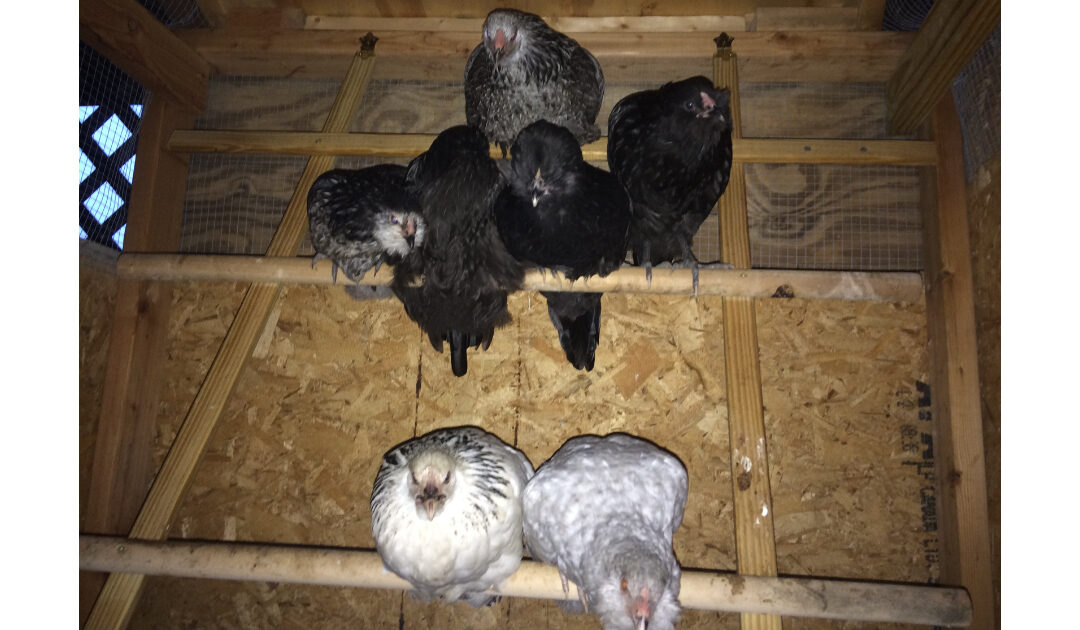
by Bettina Shultz-Jobe, LPC, NBCC | Aug 25, 2020 | Applied Principles
By Bettina Shultz-Jobe and Kate Naylor
We at The Natural Lifemanship Institute believe deeply in the power of relationships and the need for felt safety in order for humans (and other animals) to flourish, and we also understand well the devastating impact of traumas, old and new.
Our country is in turmoil right now. The coronavirus is affecting everyone in varying ways; everywhere you look the pain is evident. However, that isn’t the only unrest people are experiencing in our country – there are also powerful and growing civil rights movements happening all over, in response to generations of trauma experienced in the black, indigenous, and people of color communities.
As a largely white organization, we have been watching closely, listening carefully, and reflecting deeply.
In order for us to do meaningful work on the subject of racism and antiracism we know we have to move beyond predominantly cognitive approaches and dig deeper into subjects like implicit bias, the neurobiology of “othering”, cultural somatics, felt safety, and more.
We believe experiential education on these topics is the role NL can play in dismantling oppression, hate, and divisiveness in our communities. Planning this sort of work takes time. We hope that our actions will speak loudly as we develop meaningful and transformational learning opportunities for all of us in the coming months and years. We hope you will join us.
Here is our first endeavor – A Three-Part Webinar Series: Embodied Conversations about Racism and Antiracism with Vanessa Timmons and Bonnie Badenoch
Or join the conversation at our virtual conference Interconnected 2020 where connection and compassion drive all we do!
In the meantime, we have prepared a series of blogs to begin the top-down process of understanding, that will set the stage for the bottom-up work to come. . .
So what do chickens have to do with it?
Years ago my husband and I purchased the sweet little chickens you see in this picture at the top of this blog. It was the first time we had purchased dark and light chickens. This picture was taken after dusk in the chicken coop when I realized that our chickens were, predictably, segregating by color each evening.
Just in case you don’t classify as a crazy chicken lady like I do, let me tell you a bit about chickens. They go into the coop each evening around dusk on their own. We don’t need to put them in there. Female chickens, hens, tend to flee to keep themselves safe. Like many animals, the survival and movement (brainstem and diencephalon) regions of their brains are quite developed, and the thinking and reasoning parts (neocortex) of their brains are very underdeveloped. They flee to the safety of their coop each evening due to instinct. Hens also tend to be quite submissive when they feel they can’t flee. They do this little squatty thing and then they freeze. They are prey animals that are at the bottom of the food chain, and their flight and freeze responses are pretty strong.
SO. . . when we first brought these little girls home they immediately began to do what their survival brains told them to do – organize for safety through establishing a pecking order. The lowest survival regions of our human brains (and my chickens’ brains) are wired to identify threat, this includes the perceived threat when someone is different from us. This is designed to keep us safe.
Our oldest and deepest survival responses push us to seek out group members who are similar to us so that we belong and blend in. Our brain scans the environment and others over and over, looking for anomalies. It is an over-simplistic yet effective function when we consider physical safety. If we see what we expect to see, our brains and bodies can rest. If we see something unexpected, we have to evaluate it, which requires extra energy and takes more time.
The 4 dark chickens immediately became their own little flock and the light chickens became their own little flock. They began to segregate and be quite nasty and aggressive to each other – literally pecking at members of the other flock. What is even more interesting is that when we bought these chickens they were already living in the same pen – they were not strangers to each other. Non-rational survival impulses kept telling them that they needed to organize by ‘same’ and ‘other’. These behaviors were merely survival functions arising from the lowest, most primitive regions of the brain.
However, within about a month they stopped segregating, which made me wonder…what had changed?
What I realized upon reflection was that they had begun to ease into their new environment. They knew where to find food and water, and there was never a shortage. They had plenty of space to move and explore. Quite simply, there wasn’t a shortage of resources.
They also began to understand, in a very predictable manner, what the humans in their life would do and began to build a relationship that would engage higher regions of the brain.
At the Jobe household, we strive to not expect or reinforce submissive behaviors with our chickens (or anybody else really) or do things that encourage our chickens to flee or freeze. For example, when I walk close to a chicken and it does that submissive squatty thing I simply stay exactly where I am, while breathing and regulating, until the chicken stands up and relaxes and then I move on.
The need to submit and appease keeps all animals, including humans, in the lower, survival regions of the brain. A shortage of resources does the same. Unpredictability in the environment, in general, does the same.
I believe the chickens no longer felt the need to segregate and be aggressive to each other because they began to feel safe. . . or at least safer.
The more safety they felt the less clear their hierarchy became and one night I realized that they were no longer segregating in the chicken coop. We also noticed that during the day they interacted more peacefully.
What I take away from observing my chickens:
- Segregation and aggression were not cognitive experiences – they were not a conscious choice. It was the result of animals in the survival parts of their brain. Segregation was a somatic experience.
- Unity was not a cognitive experience. When the survival parts of the brain began to feel safe, the divisive and aggressive behaviors subsided. Period. Unity was a somatic experience.
- Racist behaviors happened in the most lower regions of the brain and were healed in the most lower regions of the brain. Racism is a somatic experience.
When I say segregation was not a “cognitive experience” I mean that I don’t think the chickens had belief systems that were driving their behaviors. Therefore, cognitive therapy would not have been effective with my chickens. Cognitive therapies operate on the premise that what we think or believe influences our emotions which, in turn, influences our behaviors. Therefore, a basic tenet of cognitive work is that we must first change our thoughts or beliefs to change our feelings so we can behave differently. This is a top-down approach. We first address what is happening in the most upper regions of the brain (the neocortex) and move down.
It seems to me that much of the racial justice movement is operating off of this same premise. . . If we can just get people to change their beliefs and their thoughts, their behaviors will change. I do think this is a starting point, but in my personal experience, this is only a bandaid. Let’s discuss what I think happened for my chickens and what I think is a powerful alternative to cognitive work.
What we know about the chickens is that their neocortex (the area of the brain responsible for thoughts) is very underdeveloped. The parts of the brain responsible for body sensations, survival functions, and movement are highly developed. My chickens were engaging in racist behaviors from the lower regions of their brain, and it was somatic work that was effective. From a brain perspective, somatic therapies are exactly the opposite of cognitive therapies. A basic premise is that what we sense in our bodies, affects how we feel (our emotions), which influences our beliefs and thoughts. So, if you want to change a belief, you must first address the body sensations which are only addressed first through safety, given that body sensations are located in the parts of the brain responsible for primitive, reflexive, fast survival responses.
Aggression, “othering” and hierarchies became practically non-existent when the chickens felt safe – when repeated experiences of body sensations told them they could relax and trust.
Now, I realize humans aren’t chickens, but a brain is built similarly in any species – bottom to top and inside out – with survival existing in the deepest regions and reasoning and thought existing in the highest regions, with relational connections nested in the middle. All brains use body sensations to inform those survival regions, which then send messages to the uppermost regions. This means what gets built into our survival regions – both through biology and experience – will affect the uppermost regions (where our thoughts and reasoning exist).
This means a sense of threat in our bodies will motivate us to make more aggressive, divisive, and hierarchical choices…whether we are aware of it or not.
Can divisiveness and aggression also be “trained” into our cognitive awareness and lead to specific choices? Yes, of course. We unconsciously learn what feels safe and what doesn’t from our repeated experiences in relationships with others. Our caregivers, our families, and our communities tell us what is safe and what isn’t. As we grow, these implicit biases can become explicit and more conscious. For most of us though, that is not the case. Most of us fall into divisiveness unconsciously when our bodies or communities tell us we are not safe, and the choices we make then are based on the deep-seated implicit biases that are woven into the lowest regions of our brain. Therefore, it is not just our individual body that needs healing, it is the collective body of our families and our communities, as well.
We ALL have implicit biases built into us – no one is exempt from this.
Research tells us that babies start to distinguish between skin tone and prefer familiar faces/skin tones as early as 3 months old. It is something that has been built into the deepest parts of our brains and bodies from the beginning. In the moments we feel unsafe, our deepest survival instincts take over, including our implicit biases. In order for us to be able to overcome these implicit biases, we must focus on helping our bodies feel safe.
We are called to bring our implicit biases into our awareness so they no longer motivate our actions and choices unconsciously.
For this, we need more moments of felt safety when our bodies can relax and trust – so that we may move more and more into a loving, connected relationship with ourselves and others. The beauty of the human brain is that we can consciously choose to practice feeling safer in our bodies – while others will affect us, we can also give ourselves the gift of felt safety. Our felt safety ripples out into co-regulation and felt safety for others, and ripples back to us as safety from the community. We feed the community and it feeds us.
At Natural Lifemanship, we have a powerful lineup of opportunities to explore our own somatic experiences as they relate to bias – we aspire to cultivate a safe and supportive format in the hopes that you will join us on this journey.
Sign up for our upcoming Webinar Series: Embodied Conversations about Racism and Antiracism with Vanessa Timmons and Bonnie Badenoch
Or join the conversation at our virtual conference Interconnected 2020 where we will dig deeper into subjects like implicit bias, the neurobiology of “othering”, cultural somatics, and felt safety! PLUS 15 other categories!
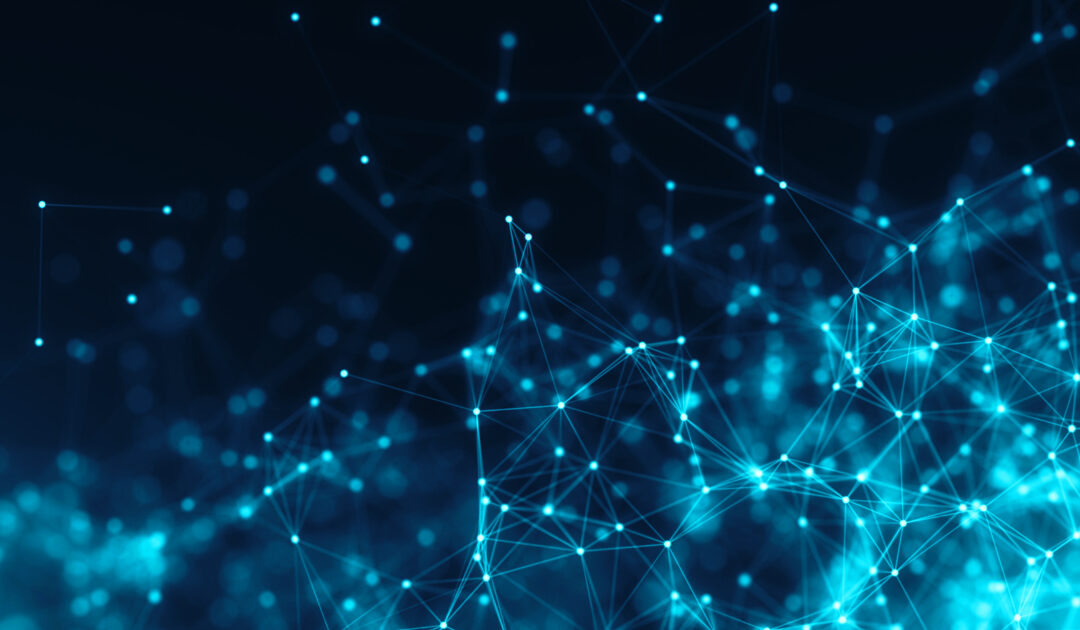
by Kate Naylor | Jun 4, 2020 | Applied Principles
Kate Naylor is an LMFT, wife, mother, daughter, sister, and the NL Director of Trainer Development and Community Engagement. This is her first letter to you, our community of helpers, healers, and all-around world changers. . .
As I sit at my computer to write to you all directly for the first time, what I want to say is “We are living in troubled times”, and yet, as I move more deeply into reflection I recognize that for many people of color in our country, times have always been troubled.
It is, in fact, a significant privilege that I am only more recently feeling the trouble that has always existed in our history. I feel guilt, but more importantly, I feel a pull to be different.
Today it feels necessary, in our community of trauma-informed people, that we take a look at the concept of intergenerational trauma.
Toxic Stress & Intergenerational Trauma
Often in our work at The Natural Lifemanship Institute, we discuss the impact of toxic stress on a developing fetus, infant, child, adolescent, and adult. Implied in this is that toxic stress on a mother is equally damaging because of her influence on a developing child.
What we also know, through the science of epigenetics, is that toxic and chronic stress on a mother’s mother, and her mother, and the family and community that surrounds her, for generations back, has an impact on how a growing brain and body develop.
Most of us believe in an interconnectedness in our lives to some degree – we are clearly having an impact on the people we interact with daily – this is, in fact, a major tenet of trauma-informed care (relationship is the vehicle for change…both positive and negative change).
What can be harder for some of us to believe is that we have an impact on people and creatures that we don’t have a daily interaction with, and they impact us as well. However, I think the presence of COVID fairly soundly demonstrates that our impact on unseen others is in fact, true.
What is harder still to grasp, is that the cultures, the values, the environments, and the institutions that surround us also impact our development and the development of generations to come. Our ancestors affect us and we affect our future ancestors.
Interconnectedness
Many of us struggle to believe what we cannot see with the naked eye – yet our interconnectedness is visible if you seek it.
The science of epigenetics has shown us that trauma survivors, like those who have survived the Holocaust or a period of famine, have changes all the way down to the way proteins are expressed in their DNA as a result of their trauma, and these cellular changes can be seen for at least three generations.
Grandchildren and great-grandchildren of trauma survivors show similar trauma at the cellular level. The biological impact is astounding. But, of course, what is in the genes shows up in the brain and the body, which influences how we relate, thereby influencing our culture.
Brene Brown defines culture as “The way we do things around here.” Our genes, our brains, and our bodies influence “the way we do things around here.” What affects us on a cellular level affects everything. What affects just one of us affects us all.
How Trauma Impacts the Brain & Body
What do we know about how trauma impacts the brain and body? You know quite a bit if you’ve followed NL for very long. Trauma puts a brain into chronic survival mode – survival mode is reactive, it is fear turned to fight, flight, freeze, and fawn.
By definition, survival mode is “me” thinking, not “we” thinking. And when trauma is passed down through the generations, through our DNA and culture, we, the oppressed and the oppressors, begin to forget that there ever was another way. Three, four, five generations later – how could we know that what we know is based on trauma?
Building New Neural Pathways
What I see happening in race relations through our history, rising to a peak over and over including right now, is trauma re-lived. I speak of the oppressors, I speak of the oppressed. Cultures of hate, cultures of fear…it all boils into anger, and it is so old we’ve forgotten that at one time it was learned. We are ALL experiencing versions of this. BUT…remember the resounding hope of our incredible brains??? They are changeable!
We have the power to control ourselves, to build new neural pathways that can end cycles of hate, of fear, of violence…of trauma. It takes intention and practice, so much practice. But it is possible.
The astonishing community of The Natural Lifemanship Institute – YOU healers and helpers and guides – have the tools to change yourselves, and then support others in their change.
Information, Intention, Action
I believe change begins with information, then intention, then action…with the proper support along the way – and change in a community begins with us. We want to offer a place for learning, for intention setting, for moving into action, and for rest. Below you will find upcoming opportunities for learning and listening, as well as online resources that are always available to those who want to choose a new way forward.
We love our NL community, we trust that each and every one of you are doing your best each and every day. AND we know that we can continue to grow and stretch ourselves when we are called to do so.
We will be growing and stretching right alongside you.
Educational Resources & Trainings
Webinar with Elizabeth McCorvey, LCSW: June 15, 1pm central
Elizabeth leads trainings to demystify and remove the shame that many non-black/POC therapists feel when confronted with issues related to race and equity. Elizabeth is an EAP/L practitioner in North Carolina, this webinar is presented in partnership with Shannon Knapp (an NL Trainer) and Horse Sense of the Carolinas. Must register to attend!
The Legacy of Trauma
An emerging line of research is exploring how historical and cultural traumas affect survivors’ children for generations to come.
Free Webinar: Race and Development with Melanie Chung Sherman, LCSW
Learn how to talk about the impacts of race and racial awareness in relation to social and emotional development, an important way to help positively guide children from every background.
Presentation from Dr. Joy DeGruy on the topic of Multigenerational Trauma for African Americans
What is Post Traumatic Slave Syndrome and how is it still impacting lives today?
My Grandmother’s Hands
A self-discovery book to examine racialized trauma in America from the perspective of body-centered psychology
Cracking the Codes: A Story About a Trip to the Grocery Store
Stop Hesitating: A Resource for Psychotherapists and Counselors







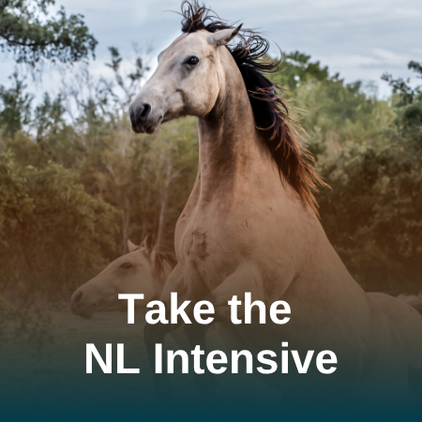
Recent Comments